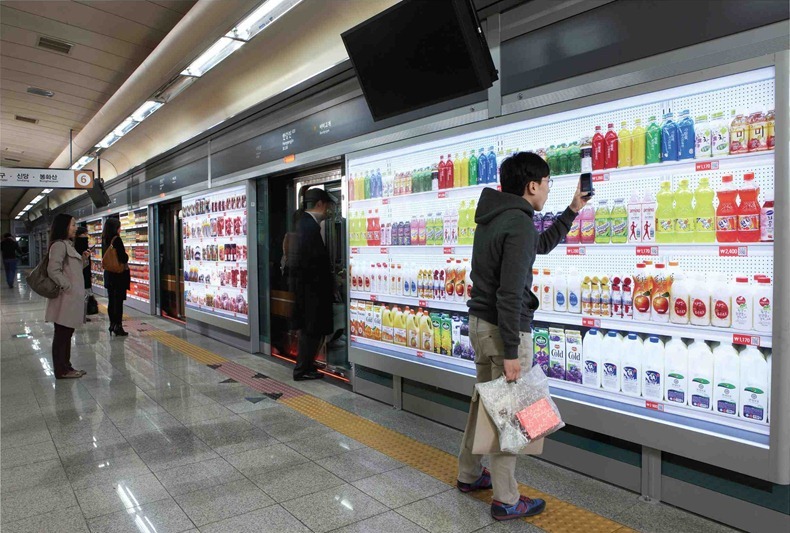Ocado is a purely online grocery store founded in 2000 based in the United Kingdom. It’s business is composed entirely online and as such, challenges the traditional way of doing business in the retail industry by not having any physical stores – also known as brick and mortar business. Currently managing over 150,000 customers per week in addition to a customer satisfaction rate of 91%, Ocado currently holds about 14% of the online British online-grocery retailing industry according to research firm Kantar.
The firm has transformed from an online grocery-retailer to a technology solution provider, for this very same market. Their solution is composed of both software and hardware, which enables end-to-end processes associated with business-to-consumer (B2C) e-commerce. This proprietary technology it has built up over the past 15 years is now being sold to other retailers under the name of “The Ocado Smart Platform” (OSP). This fundamental concept further enables the firm to manage relationships with retailers, partners and suppliers, facilitating the growth of the online grocery business for all stakeholders involved considerably, with less capital investment. The OSP enables the end consumers to shop via the e-commerce website and mobile applications. This further includes all front-end and back-end systems that are the foundations linked to Ocado’s ERP system, enabling management of personalized promotions for specific customers, recommendations as well as management of algorithms designed to optimize prices.
As an increasing number of innovative channels open for consumers to do their grocery shopping, an emerging technology that has the potential to transform Ocado’s competitive advantage is: The Virtual Store.
Tesco, the world’s third largest retailer after Walmart and Carrefour, has already implemented this strategy in their former South Korean retail chain Home Plus. This strategy is based on QR codes and mobile technology, with posters raised on walls and digital screens in metro stations, displaying hundreds of products with respective QR codes. The posters in virtual stores are further designed to resemble actual-size products, adding to the customer experience. The customers use the dedicated mobile shopping application to scan and order the QR code of their desired purchase.
With Ocado operating solely in the UK, there are prime focus areas such as the big cities (London, Birmingham, Manchester, Glasgow etc) where this concept could prove to become a very strong success. Annual passengers that use TfL (Transport for London) services alone are just over 1.3 billion. This, in addition to leveraging the centrally located stations such as London Waterloo, which sees around 95 million passengers passing through annually, establishing an infrastructure for a virtual store has the potential to generate additional strong returns. Ocado could further benefit from using QR code and mobile technology by extending their innovative presence in the online shopping market – given that they are already dominating this segment of the market.
The virtual store strategy would enable Ocado to further leverage the ‘first-mover advantage’, as a result of implementation in Europe. No other European retailer or e-tailer has currently deployed such a concept, despite its level of success in tech-savvy Seoul, South Korea. Moreover, with Ocado having an e-commerce based business model, this emerging technology fits with the firm’s overall online strategic orientation. Once implemented, Ocado could then enhance this strategy through setting up the virtual store’s in other public spaces including subways, billboards, bus-stops and other advertising platforms. By exploiting the high foot traffic, in addition to more than 70% of the UK population using smartphones, Ocado could further disrupt the retail industry as a result of the large cost savings and economies of scale.
Group 95

